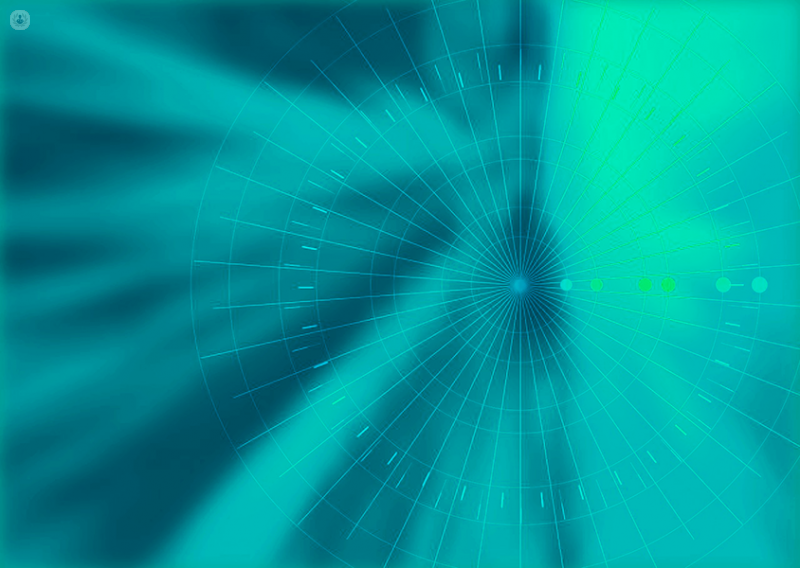Eye Spy: Safer laser eye surgery with the latest eye-tracking technology
Escrito por:Patients undergoing laser eye surgery have long been advised that it’s essential to keep your eyes fixed in one place during the operation to avoid damage to your eye. This can be a real source of anxiety if you think your eyes might wander during surgery. However, there’s good news – we may finally have the technology to avoid this problem altogether, writes Dr CT Pillai, consultant refractive surgeon and director of Advanced Vision Care.

Your clinic uses eye-tracking technology – how does it work?
During the consultation a scan of the entire iris of each eye is performed. Like finger prints, no two irises are the same and a unique digital identification is generated for each eye. The scan creates a map that forms the foundation on which the multi-dimensional eye tracker operates.
Throughout the procedure, the Advanced Control Eye-tracking (ACE) system is used. This is a six-dimensional eye tracker guides the laser during the treatment by tracking and mirroring the movement of the eye, to ensure the correct placement of the treating laser. If there is too much movement the laser will shut off, avoiding damage to the eye.
What is six-dimensional eye tracking?
The dimensions are in reference to the different types of eye movements the tracker can compensate for:
- 1st and 2nd dimensions are lateral movement (up and down)
- 3rd and 4th dimensions are horizontal and vertical movements caused by tilting of the eye or the head
- 5th dimension is rotation around the optical axis (cyclotorsion of the eye)
- 6th dimension is Z-levelling action caused by upwards or downwards movements of the eye or head (axial displacement)
Why do you use this technology?
Primarily it is for the safety of the patient, as this equipment is in direct communication with the treating laser, making any necessary adjustments needed if the patient moves. If there is rapid or extreme movement the equipment will instructs the laser to turn off.
Secondly, the technology guarantees that the personalised treatment plan is executed with complete precision. Despite not being used to correct the patient’s prescription, this is a vital piece of technology that is necessary to achieve outstanding results.
What procedures is it used for?
It is used for both LASIK and LASEK, two of the most common types of laser eye surgery procedure.
Before treatment can begin the ACE system has to recognise the unique ID of the eye being treated. This ensures the treatment profiles are always associated with the correct patient and the correct eye of the patient. With this approach we alleviate the fear about wrong eye being treated – something a lot of patients worry about.
How widely available is the technology?
Not all treating lasers have this technology, but Bausch & Lomb’s latest Teneo 317 M2 excimer laser excels in the use of this technology. Its iris recognition technology ensures accurate placement of your personalised laser treatment, compensating for eye movement and pupil adjustments. It has a response time of 2ms – so no laser pulses are ever misplaced, and the eye tracker can follow the most sudden or subtle of eye movements.
When you’re considering where to have laser eye surgery, think about not just the expertise of the surgeon - but whether they have invested in the latest technology to ensure the highest possible standard of care.


